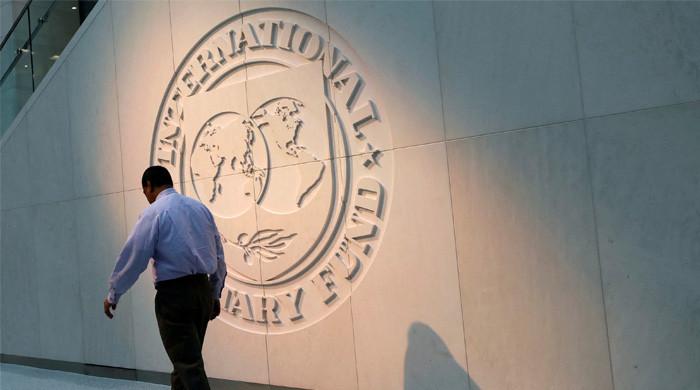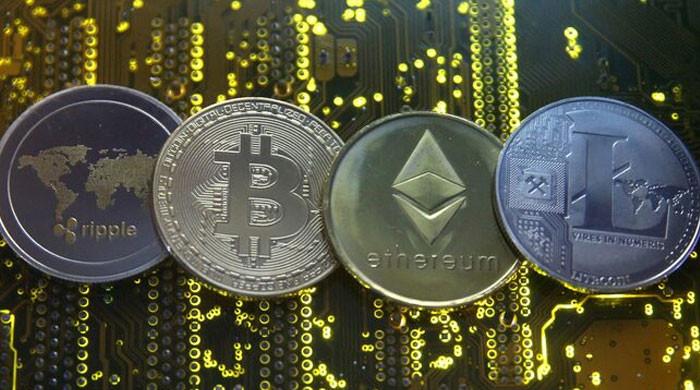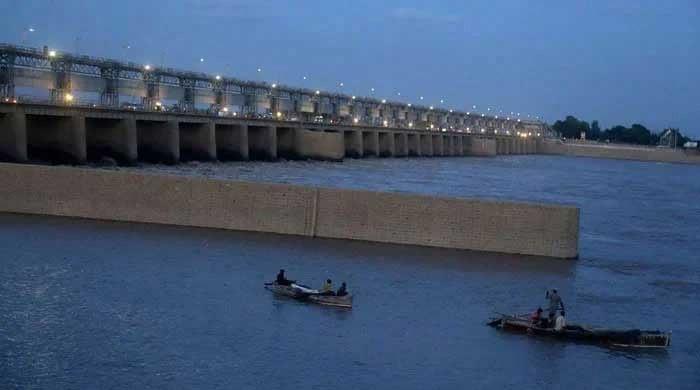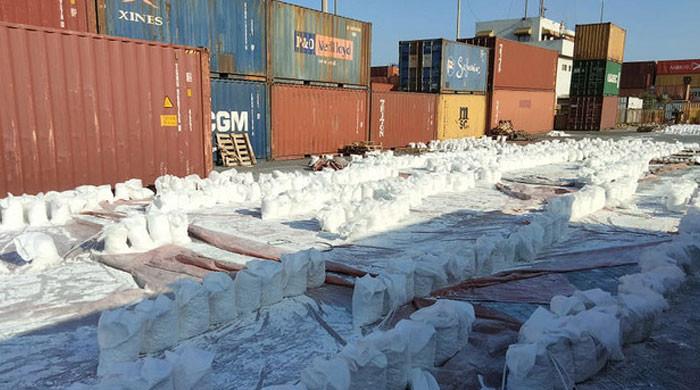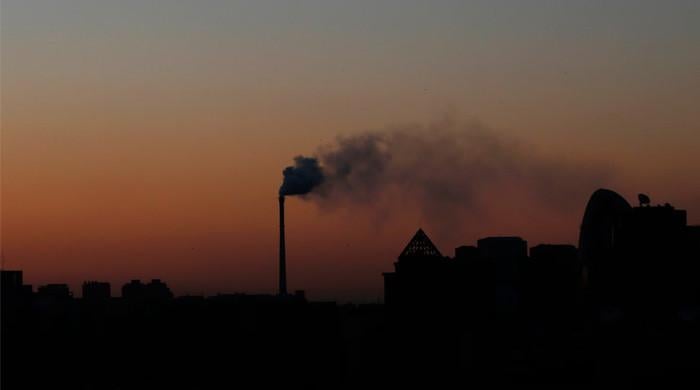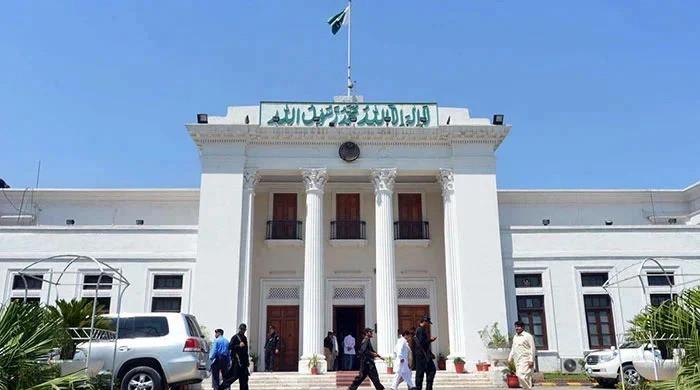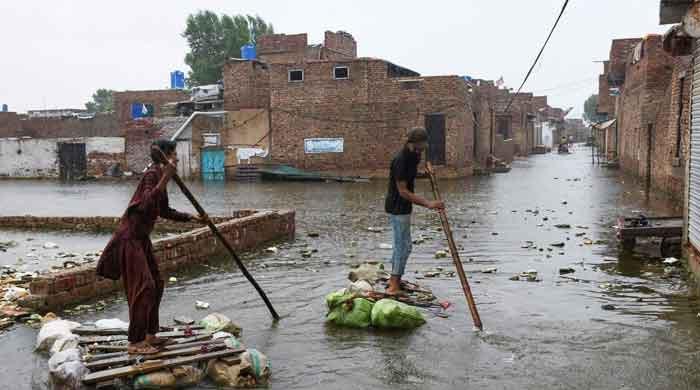IMF's most loyal customer
In our history, we have hardly ever run a current account surplus in stark contrast to the Asian tiger economies
February 16, 2023
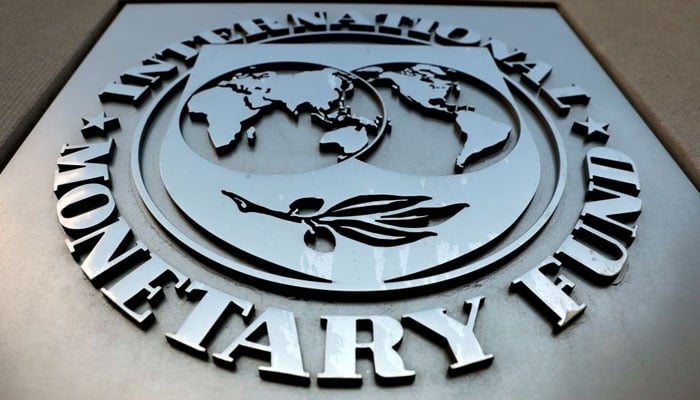
People often wonder why Pakistan keeps going to the International Monetary Fund (IMF) again and again. A whopping number of 23 programs clearly suggests that we are addicted to the Fund's tough love. In fact, we are the IMF's most loyal customer. Argentina, with 21 programs, is number two. In contrast, our Midnight twin India has only been to the IMF seven times and never since the landmark Manmohan-Rao reforms of 1991.
Running to the global emergency ward 23 times in 75 years is no way to run a country. This article tries to explain as plainly as possible why Pakistan has never been able to wean itself off the IMF. Buckle up and pour yourself a strong one. It is not a pretty story.
A country typically goes to the IMF if it has run out of foreign exchange reserves. Foreign exchange reserves are used to pay for imports and to pay back money borrowed from abroad, including other countries, multilaterals like the IMF, and World Bank, and foreign residents.
A country can build foreign exchange reserves in one of two ways. First, it can do so by running a current account surplus, which is a situation where exports plus remittances exceed imports. Second, even if it runs a current account deficit (the reverse of a surplus), it can still build reserves by attracting foreign currency inflows in the form of debt or equity that exceed this deficit.
In our history, we have hardly ever run a current account surplus in stark contrast to the Asian tiger economies. Sometimes our current account deficits have been very large, for instance during 2017-19 and 2022, running at more than 3% of GDP. Whenever this has happened, we have typically had to go to the IMF shortly after. Our current account deficits occur because our exports have always been very weak. As a share of our economy, they are only around 10%. In successful countries, they are much higher, typically 20-30% of GDP.
A country's current account position basically reflects how much it saves and invests. If a country invests a lot, it typically needs funds from abroad and therefore runs a current account deficit. This kind of current account deficit is healthy as the investment will generate future growth and exports that can be used to pay back the foreigners from whom the capital was borrowed. In addition, if the capital borrowed from abroad is in the form of foreign direct investment (FDI) rather than debt, it is even better as it means that if the economy does not do so well, the country does not have to pay back as much. Unfortunately, our current account deficits fail on both counts.
First, they do not occur because we invest too much. Indeed, our investment as a share of GDP is only 15%. In successful countries, it is two to three times as high. Our current account deficits occur because we do not save enough and consume too much. At a staggering 95% of GDP, our share of consumption is even higher than in the US, which is notorious for being consumption-obsessed. This excess consumption increases our imports and does not allow us to build exports. Our national tendency toward over-consumption stems from both public and private profligacy. The public sector runs significant fiscal deficits, typically around 5-8% of GDP, which are very large by international standards. Meanwhile, our private sector, consisting of individuals and companies, also does not save enough due to cultural habits and poor banking services.
Second, the way we finance our current account deficits is not through FDI. Indeed, FDI in Pakistan is less than 0.5% of GDP compared to around 2% in successful countries. Instead, we finance our deficits through government borrowing from abroad. This increases our government debt burden significantly. Today, at around 78% of GDP, Pakistan's government debt is close to levels considered excessive for an emerging market.
So when do we run out of foreign exchange reserves? This happens whenever our import bill rises beyond a reasonable amount because of global prices or excessive stimulus-fuelled growth and we have not been able to attract enough funds from abroad to pay for this high import bill and the debt that is coming due to foreigners. In technical jargon, our foreign exchange reserves decline whenever our "external financing needs", which are the sum of the current account deficit and foreign debt coming due that year, exceed our "available external financing", consisting of FDI and borrowing from other countries, foreign residents and multilateral agencies. If this gap, between external financing needs and available financing, is too big and continues for too long, we eventually run out of foreign exchange reserves and we need to go back to the IMF. Since much of a country's external financing needs are known more or less in advance, running out of foreign exchange reserves is generally an indication of bad macroeconomic management and flaws in planning. It must be called out as such when it happens.
So this is the pathology that takes us back time and time again to the IMF. To overcome it, we need to focus on four achievable targets. First, we must increase our exports to at least double their current level as a share of GDP. Second, we must also increase our savings and investment to at least double their current level as a share of GDP, notably by running a tighter government budget and making banks serve the needs of the economy better. Third, we need to attract more FDI and less debt to finance our current account deficit, including strengthening the rule of law and property rights. And fourth, we must plan our external financing needs and availability in advance so that we are not caught unaware at the last minute. These are the metrics on which we should judge a government's macroeconomic strategy and achievements.
Achieving these four targets will require innovative microeconomic strategies, constant experimentation, and single-minded perseverance. I will write about these in subsequent articles, based on international experiences and our local context. Some actions can be taken straight away. Others will take a little more time, as they involve shifting resources across sectors and improving the business climate and financial intermediation. However, as India's post-1991 reform experience shows, these actions can pay off spectacularly after some period of necessary adjustment. If we are serious about never returning to the IMF again, there is no escaping these four prerequisites and we must hold the feet of policymakers to the fire by constantly asking them for a progress report on them.
Combined, these four priority areas will allow us to build our foreign exchange reserves and get off the IMF treadmill once and for all. Let me leave you with a final killer statistic that illustrates the primacy of foreign exchange reserves in determining recourse to the IMF. Pakistan has less than $3 billion in foreign exchange reserves today. Our reserves have never exceeded $21 billion in our history. Bangladesh has around $35 billion, India has around $600 billion and China has around $4 trillion. Since the early 1990s, Pakistan has had 11 IMF programs. Bangladesh has had three. India and China have had none. Go figure.
The writer is a former deputy governor of State Bank of Pakistan
He tweets @MURTAZAHSYED
Originally published in The News




